Allometric growth during the early development of the long-snout seahorse Hippocampus reidi Ginsburg, 1933
DOI: https://doi.org/10.3856/vol53-issue5-fulltext-3385
Abstract
The long-snout seahorse (Hippocampus reidi) is one of the most traded seahorse species globally. While information is available regarding the rearing and growth of this species, there has been no clear description of the morphological changes that occur during early development. In this study, we describe the allometric growth patterns during the first 30 days of development of H. reidi under culture conditions at the commercial farm "INGENS, Cultivos Marinos" in Mazatlán, Mexico. Juveniles were bred from captive broodstock, and three individuals were sampled daily. The wet weight was recorded, and digital photographs were taken of each individual. Eleven body segments were measured in each juvenile, and the allometric growth was assessed using the potential model. Three developmental stages were identified based on growth rate, and different body proportions and growth coefficients were detected in each stage. Our findings emphasize the significance of snout and tail growth in younger seahorses (stage I, standard-length (SL) interval = 6.4-12.1 mm). Most of the inflection points of the growth coefficients of the body segments occurred within a narrow SL interval (2 mm) at the end of stage I, indicating a change in growth rates and body shape that prepares the young seahorse for stage II. Stage II (SL interval: 12.2-17.51 mm) is characterized by significant ecological traits of this species, including reduced swimming activity, substrate attachment, and ambush feeding. Stage III was observed from an SL of 17.6 mm onwards. Our results could have significant implications for the species' rearing protocols.



